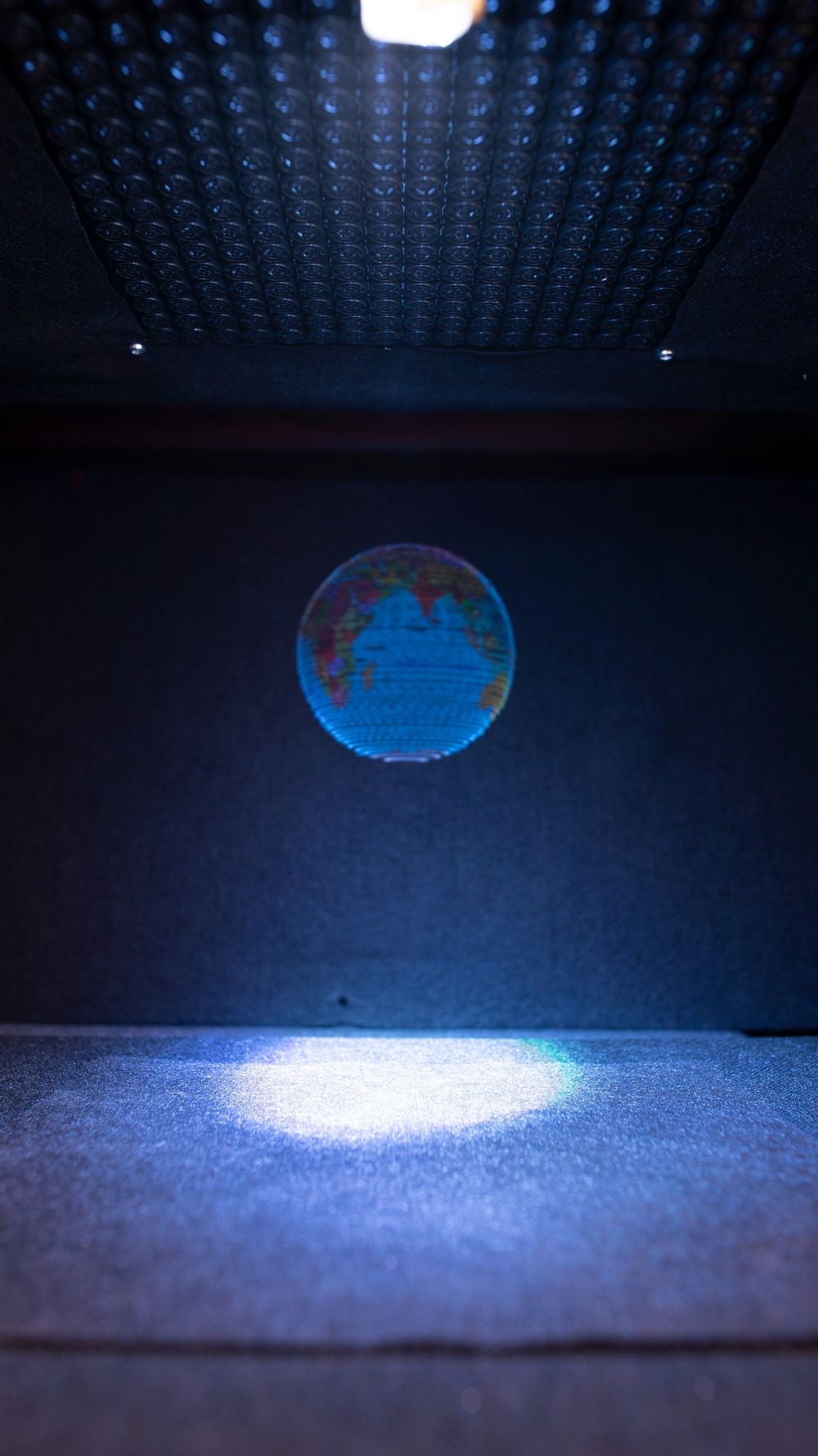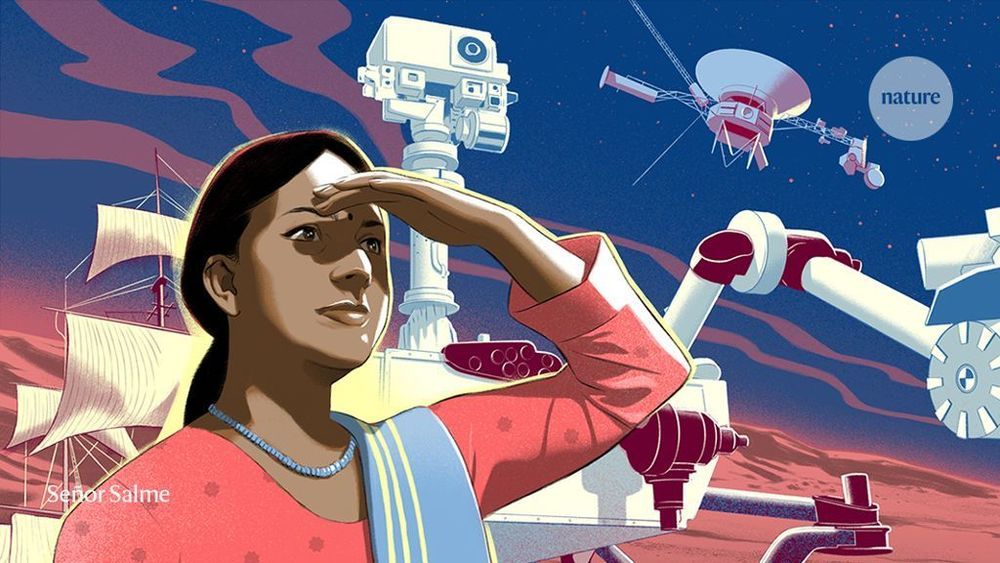Walking, talking holograms have been a staple of sci-fi films since Princess Leia was magically brought to life in “Star Wars”.
Now scientists in Britain say they can make even more realistic 3D versions—a butterfly, a globe, an emoji—which can be seen with the naked eye, heard and even felt without the need for any virtual reality systems.
Writing in the journal Nature, a team at the University of Sussex in southern England, said technology currently in use can create 3D images but they are slow, short-lived and “most importantly, rely on operating principles that cannot produce tactile and auditive content as well”.







